Prerequisites:
- Have
brew installed
- Have
git installed
- Have
pyenv installed
- Know how to use a Terminal
Installation guide:
Open a Terminal and move to the directory where you want to install Stable Diffusion web UI.
Using the Terminal, clone the stable-diffusion-webui repo. This will create a stable-diffusion-webui directory. Once the cloning is done, move into this directory:
$ git clone git@github.com:AUTOMATIC1111/stable-diffusion-webui.git
$ cd stable-diffusion-webui
- Using the Terminal, install
xz with brew. Note that this needs to be done before installing Python 3.10:
$ brew install xz
- Using the Terminal, install Python 3.10 using
pyenv. Then set the local Python version to 3.10 in the stable-diffusion-webui directory. This will only affect the Python version used within this directory, the default Python version will be unchanged:
$ pyenv install 3.10
$ pyenv local 3.10
Download a Stable Diffusion model checkpoint. I downloaded the 1.5 version (v1-5-pruned.ckpt file) from the Hugging Face website. Then move the checkpoint into the models/Stable-diffusion directory.
Using the Terminal, run the webui.sh script:
$ ./webui.sh
If everything went fine, you should have in the Terminal a message that looks like this:
Running on local URL: http://127.0.0.1:7860
- Open the URL in an Internet browser. In the
txt2img tab, enter a prompt and click the generate button. This will start the image generation process.
The image I attached to this post was generated on my MacBook Pro Intel.

